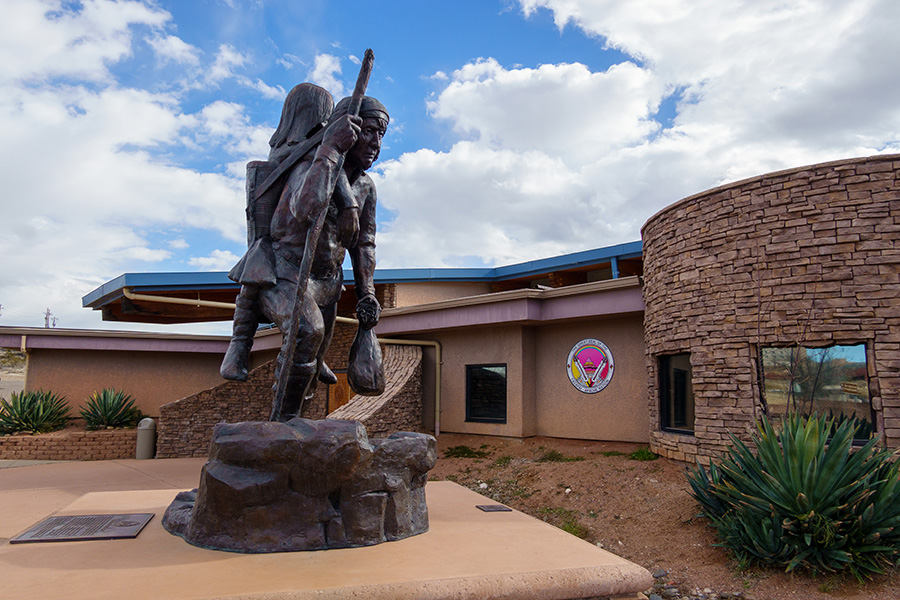
Saturday, Feb. 25, is commemorated as Exodus Day by the Yavapai and Apache peoples, marking the anniversary of the date on which the U.S. Army began to force them to march 180 miles to the San Carlos Reservation in 1875.
The Yuman-speaking Yavapai and the Athabaskanspeaking Apache originally occupied adjoining regions. According to the Verde Valley Archaeology Center, the Yavapai lived west of the Verde Valley out to the desert bordering the Colorado River, while the Tonto Apache lived east of the Verde Valley toward the White Mountains. Both ranged as far south as the Phoenix Basin and as far north as the Grand Canyon.
American settlers began to encroach significantly on Yavapai and Apache territories around 1860, with hostilities between locals and miners breaking out in 1863.
In 1871, the U.S. government created the Rio Verde Reservation, which encompassed around 900 square miles from Camp Verde to Paulden. General Crook relocated the Yavapai and Apache peoples there in 1872.
In 1875, the reservation was disestablished and its occupants marched 180 miles to San Carlos in February in harsh winter conditions. The soldiers had to march between the Apache and Yavapai to prevent violence. Food was scarce and fights broke out, with many dying from starvation and exhaustion. It is estimated that 1,500 people marched and at least 100 died. Instead of taking the longer but easier wagon road, they were ordered to trek through the mountains on a more direct and more dangerous trail.
Gen. George Crook had promised the Yavapai and Apache that if they stayed on the reservation and were well-behaved, they could go back to the Verde Valley, but this did not happen for another 25 years. In the meantime, if they were found trying to leave the reservation boundaries, they could be shot.
Yavapai-Apache elder Vincent Randall described the San Carlos Reservation as a concentration camp. When the Yavapai and Apache were finally granted permission to leave in 1900 after a quarter of a century, only about 200 of them made it back to the Verde Valley. Many found that when they got back home, someone else was there: Their lands had been settled by American immigrants and by 1905 much of what remained was made public and placed under the control of the U.S. Forest Service.
Nowadays, the YavapaiApache Nation is recognized as an amalgamation of these two distinct cultures as a result of the Indian Reorganization Act passed by Congress in 1934. While a single political entity, the Nation continues to recognize its dual heritage.